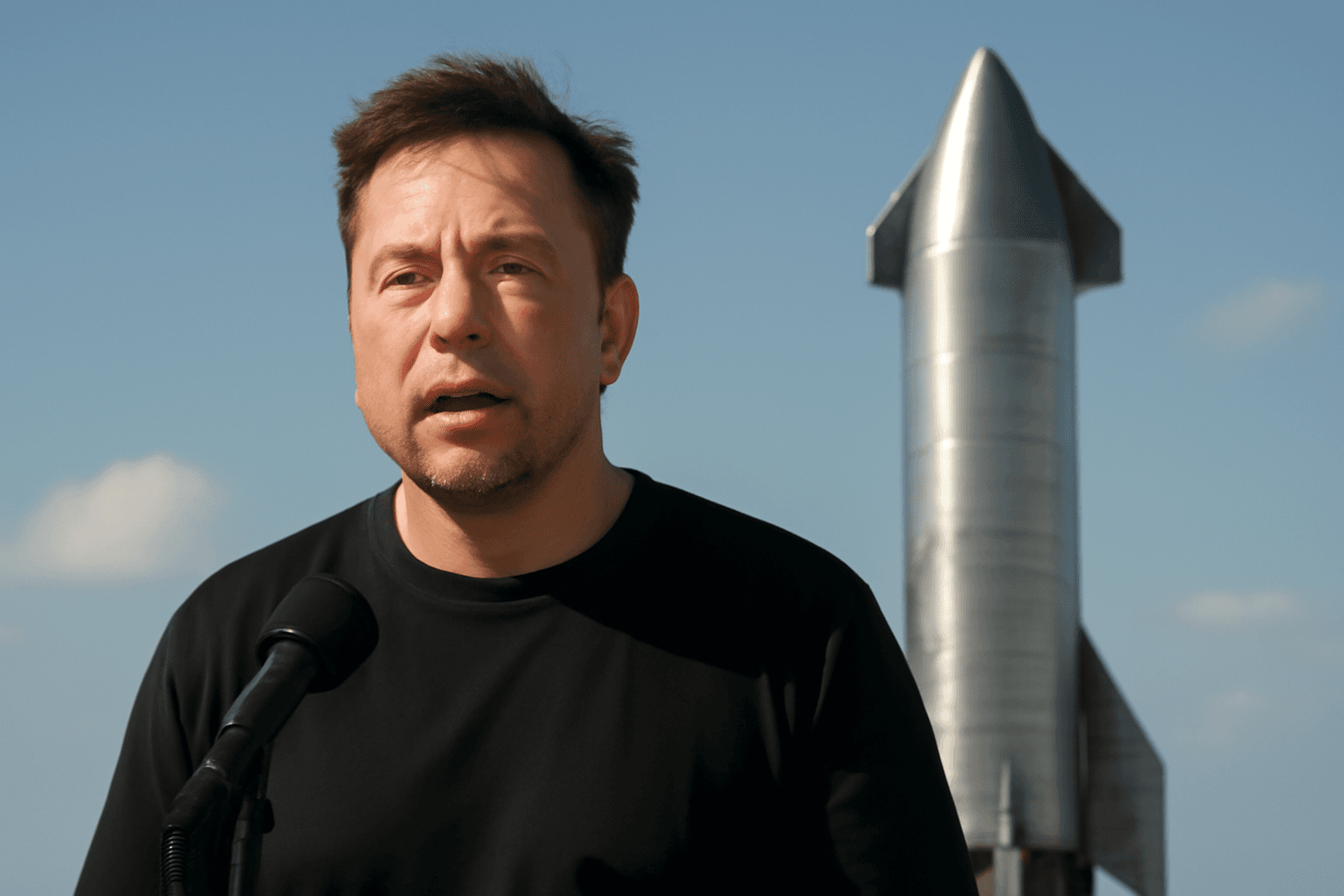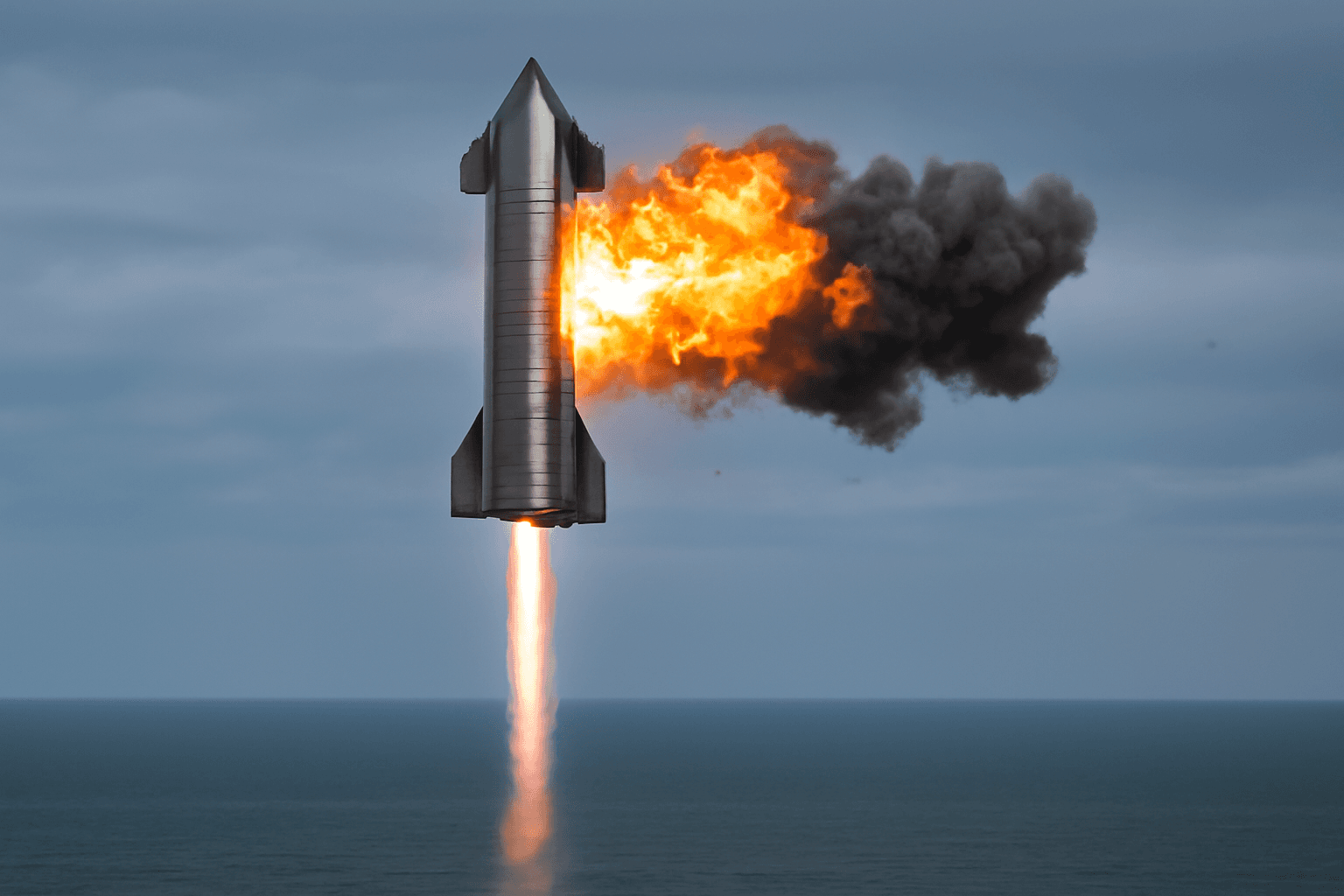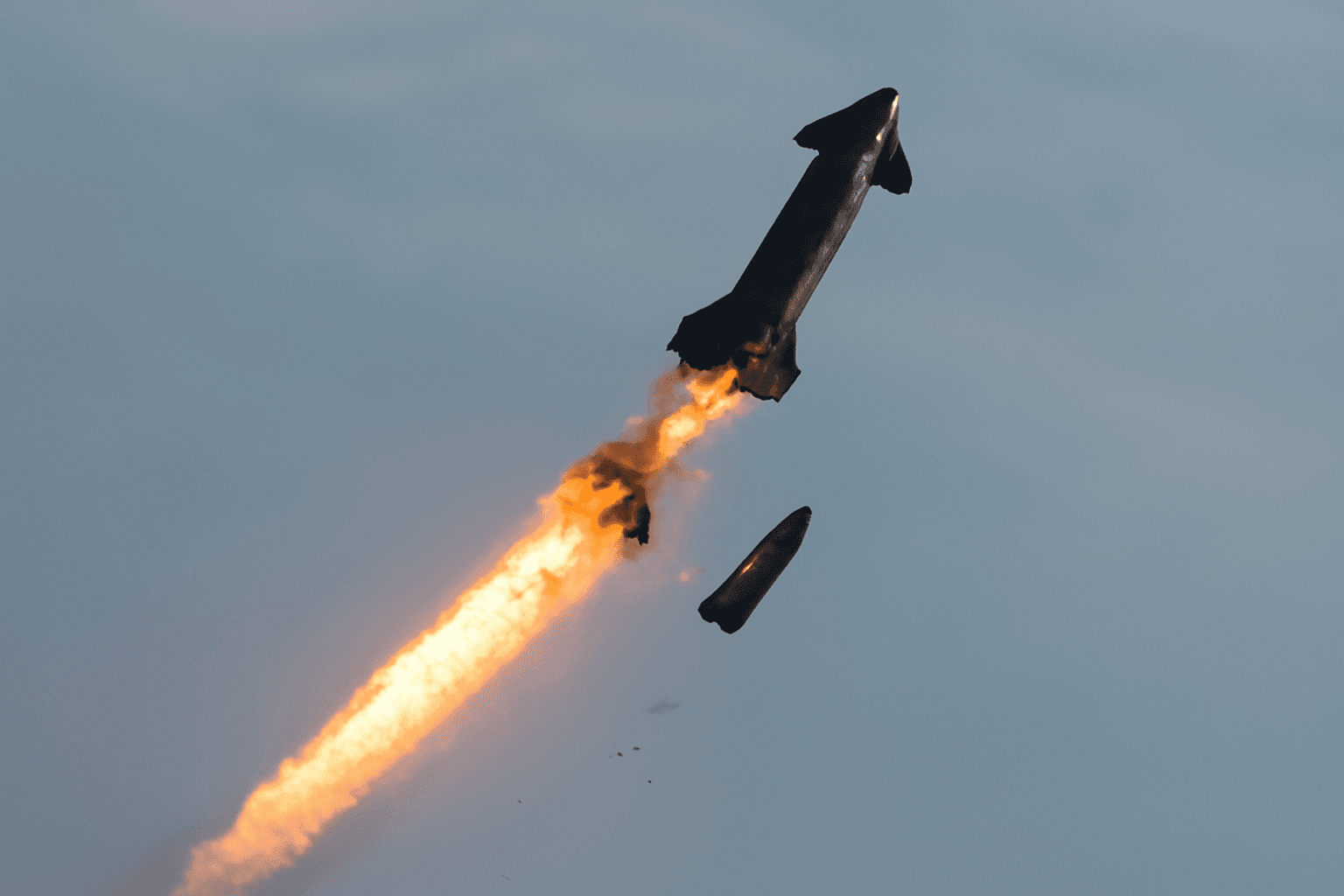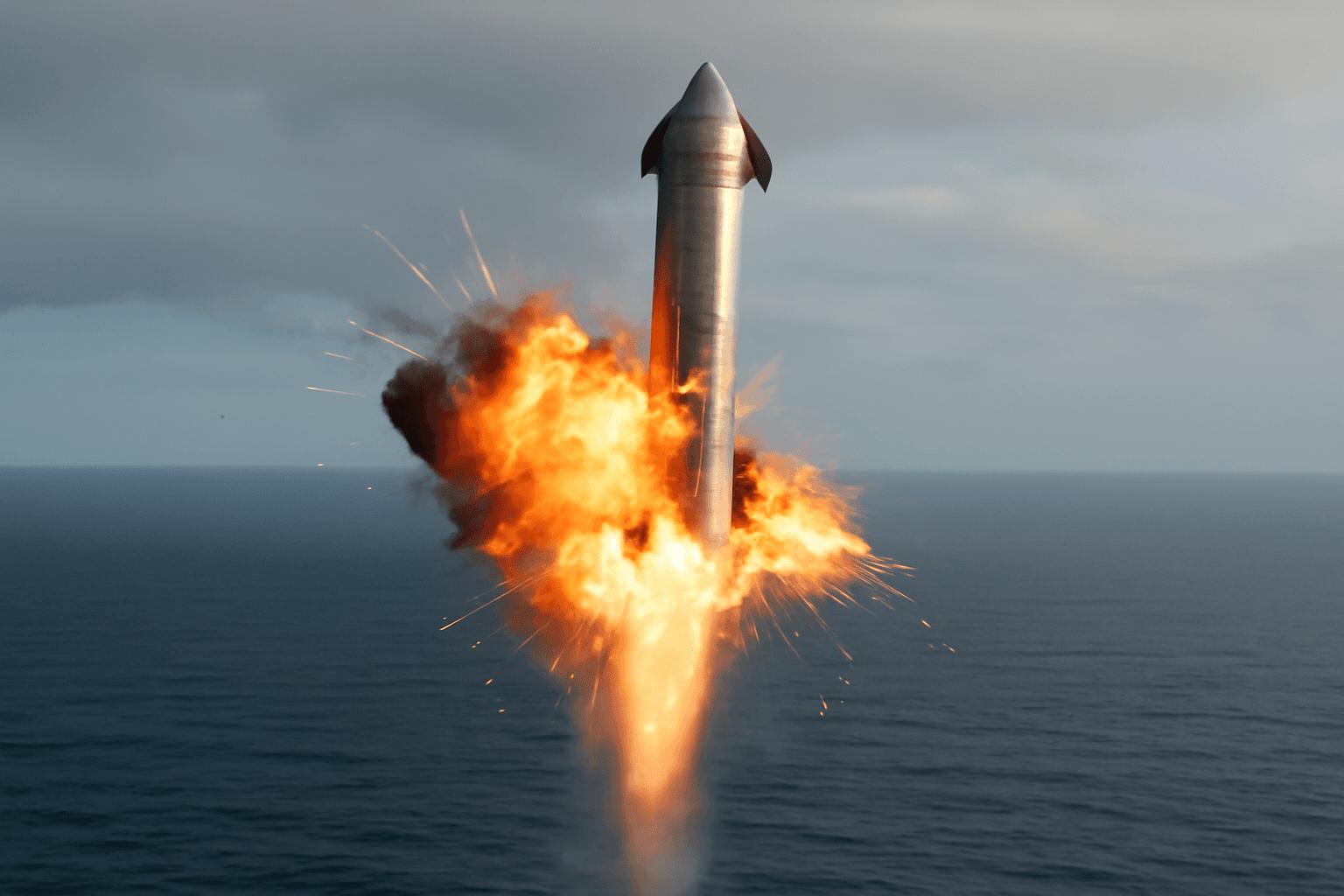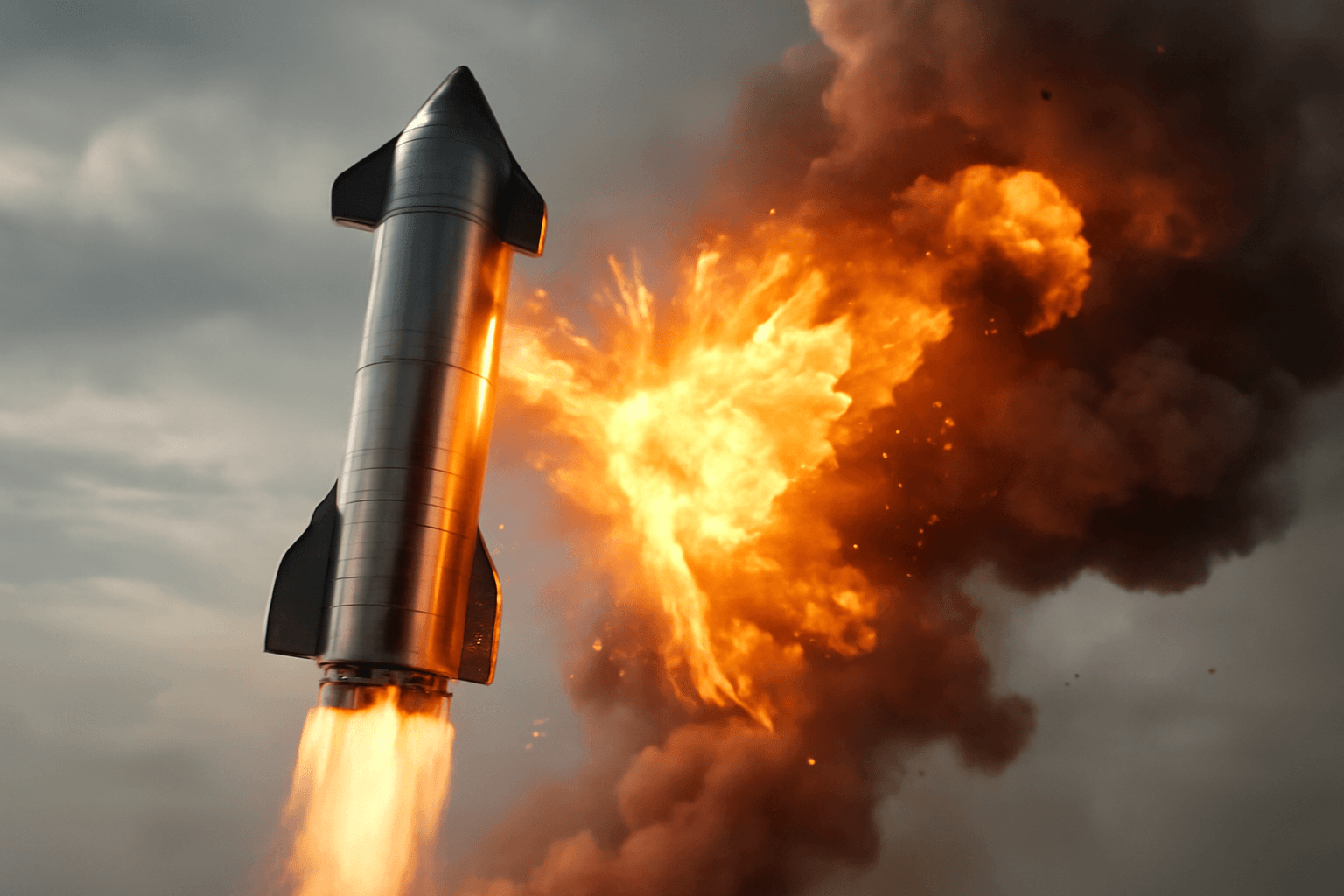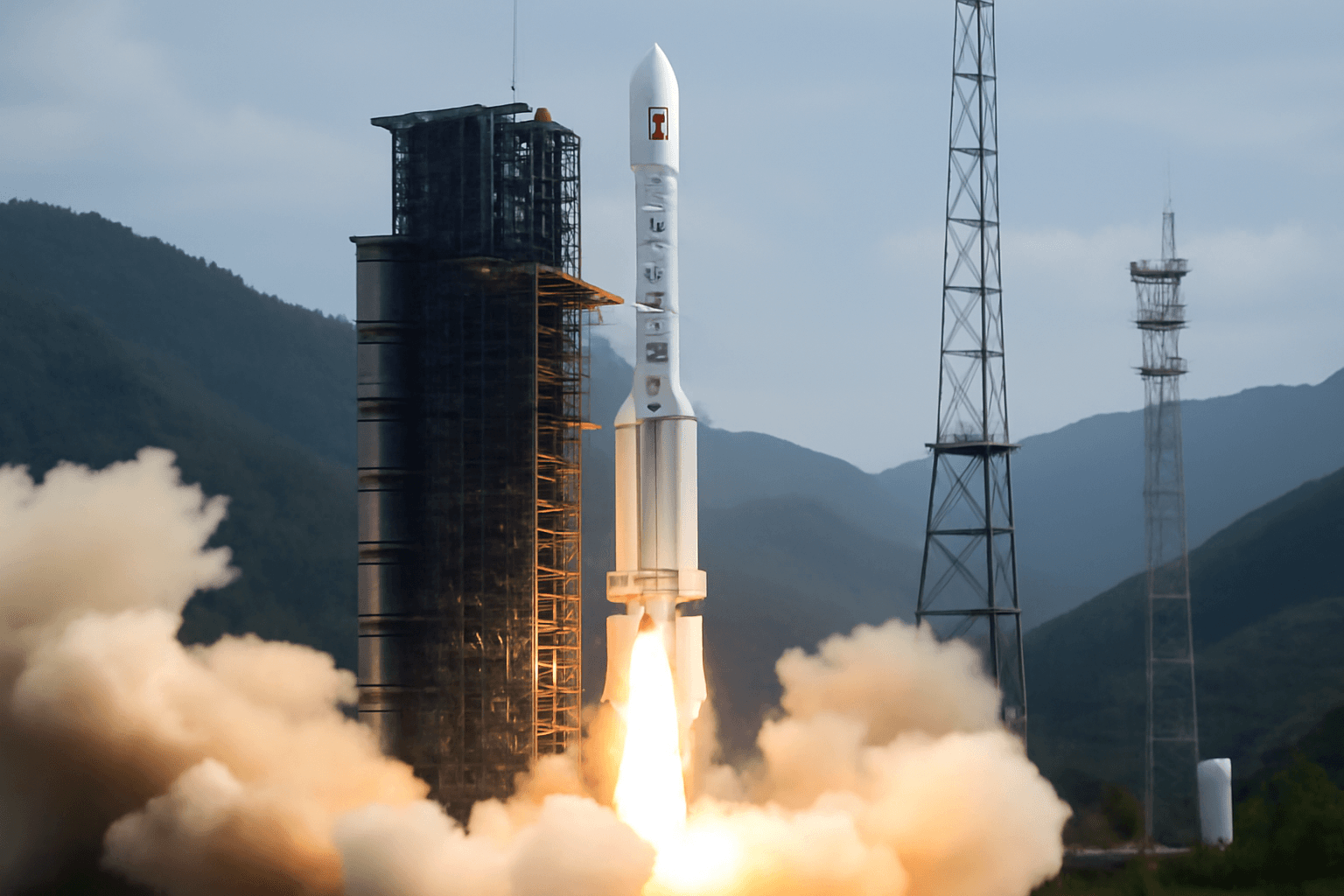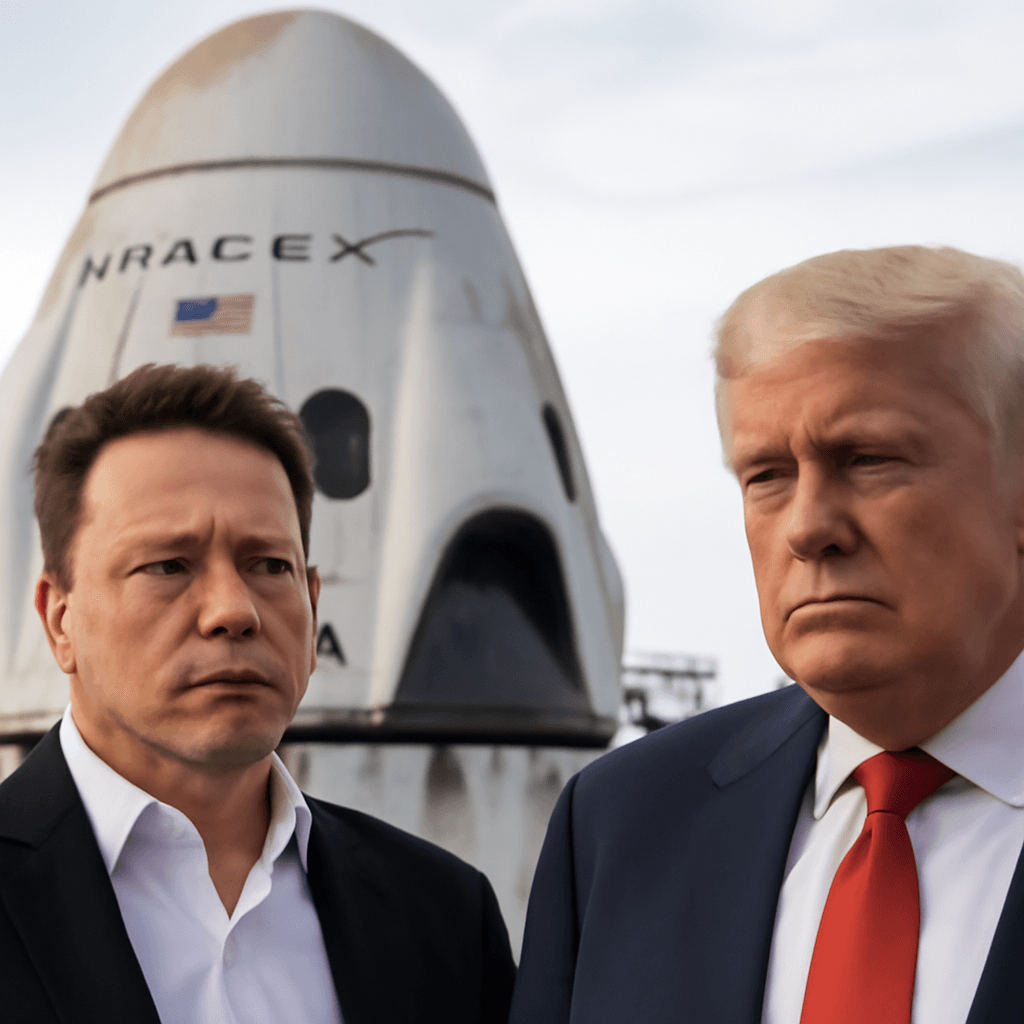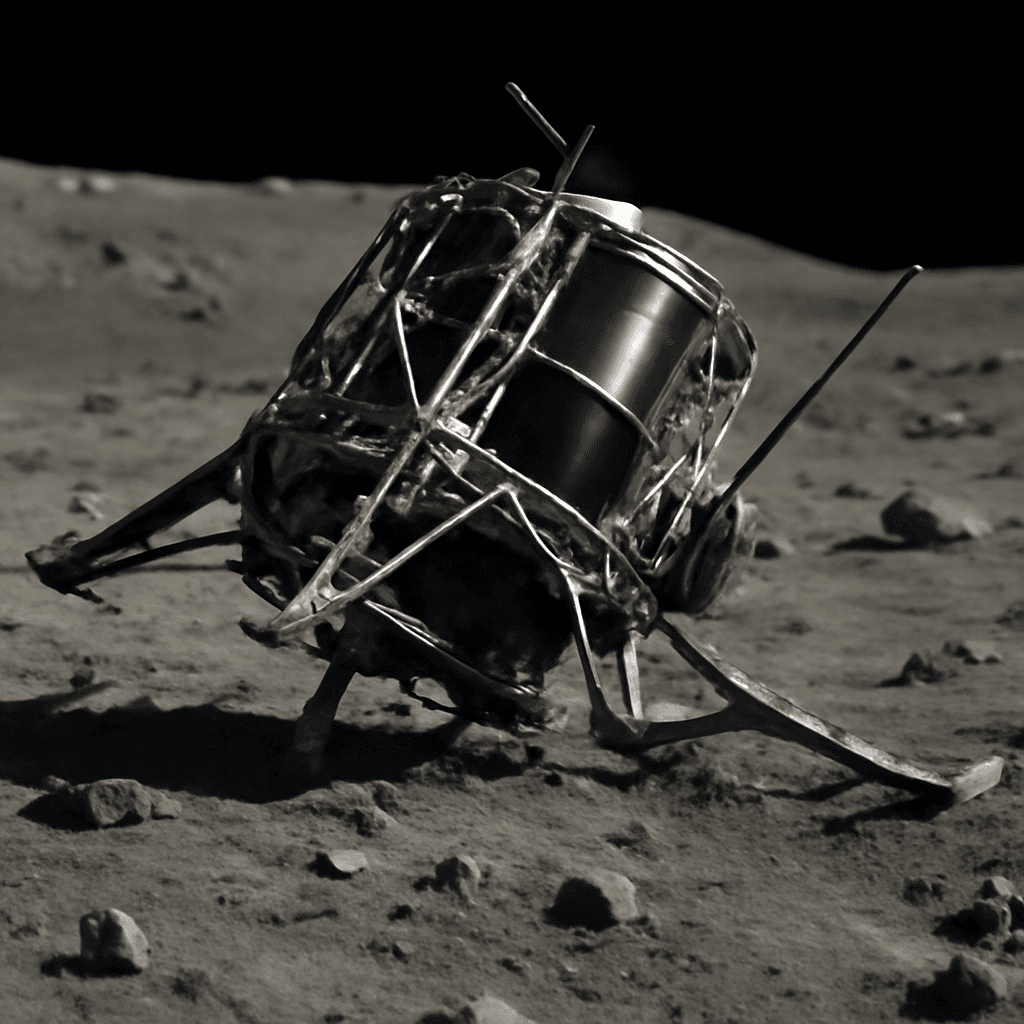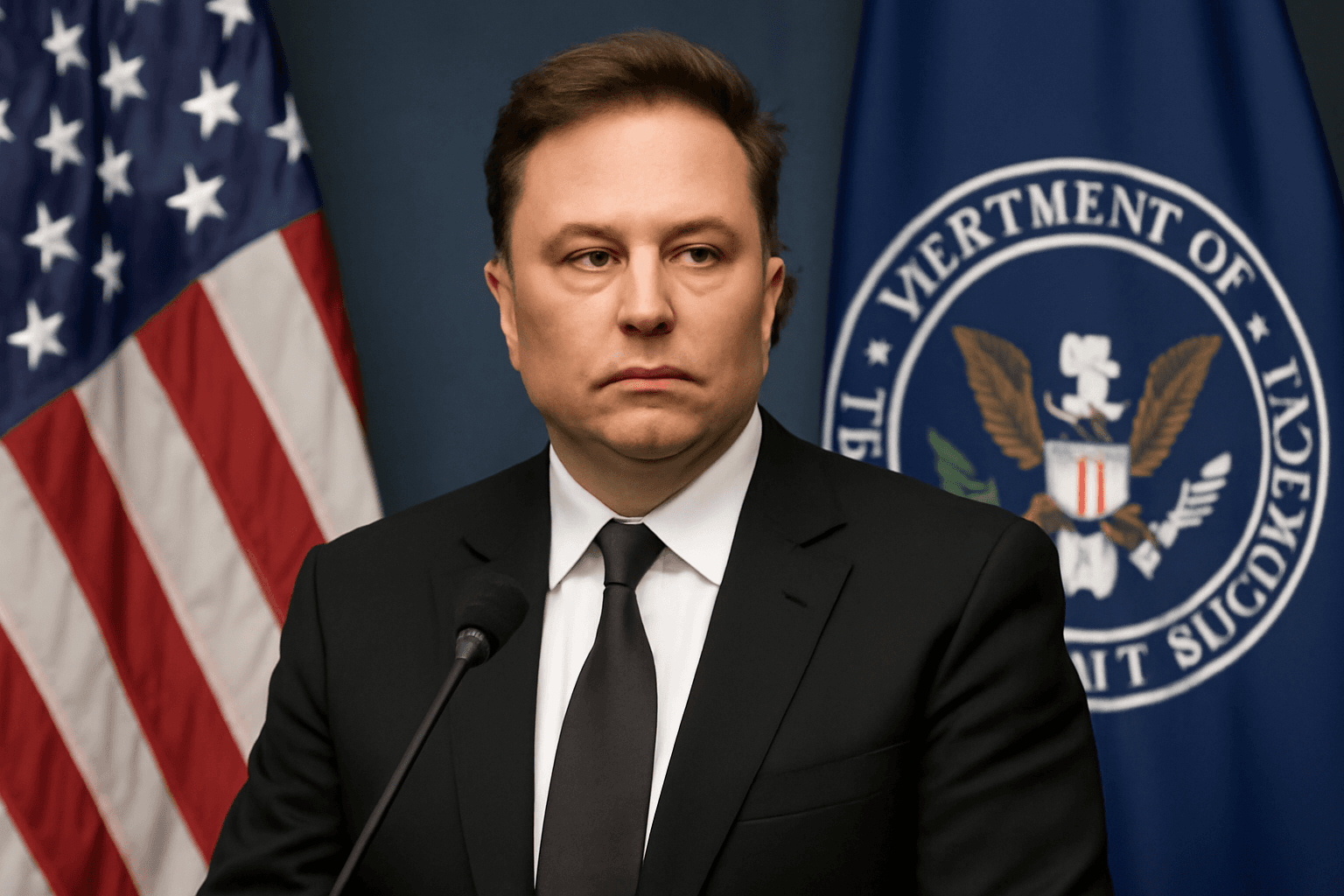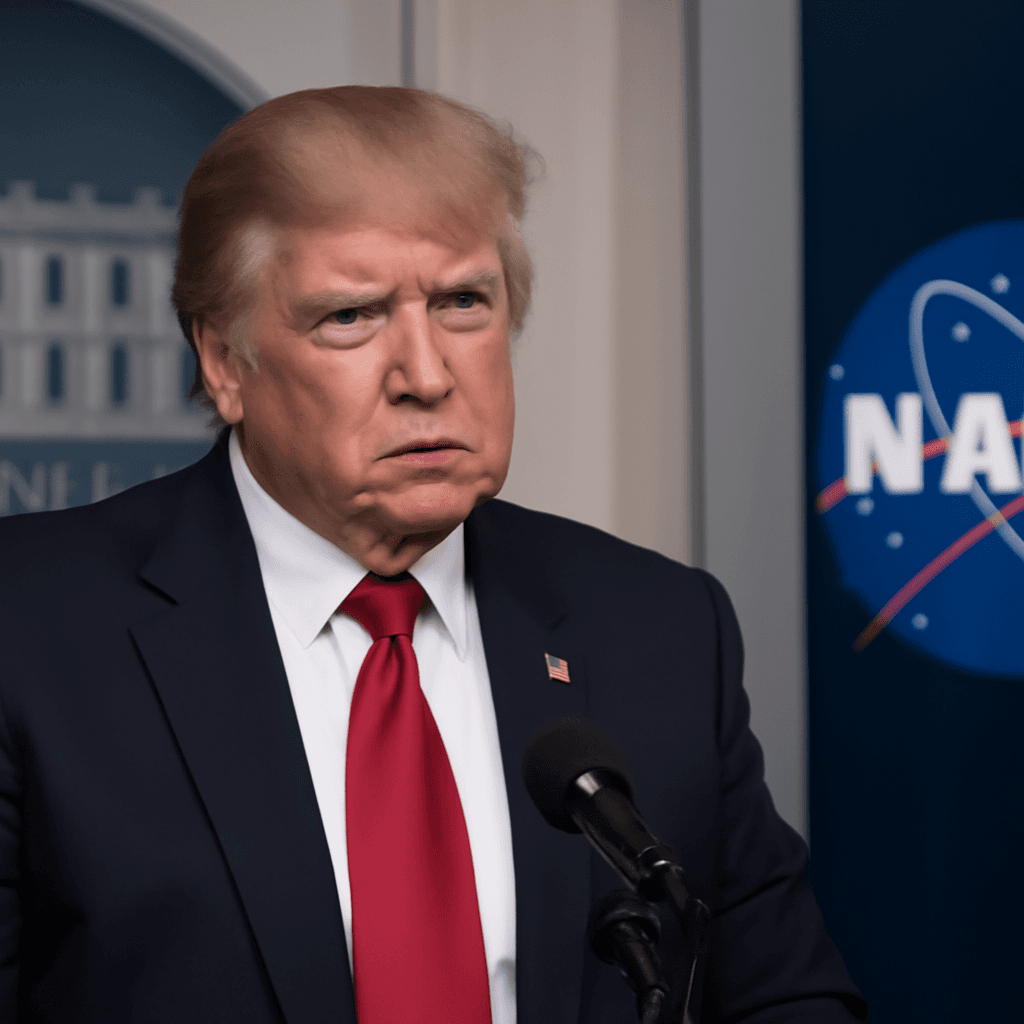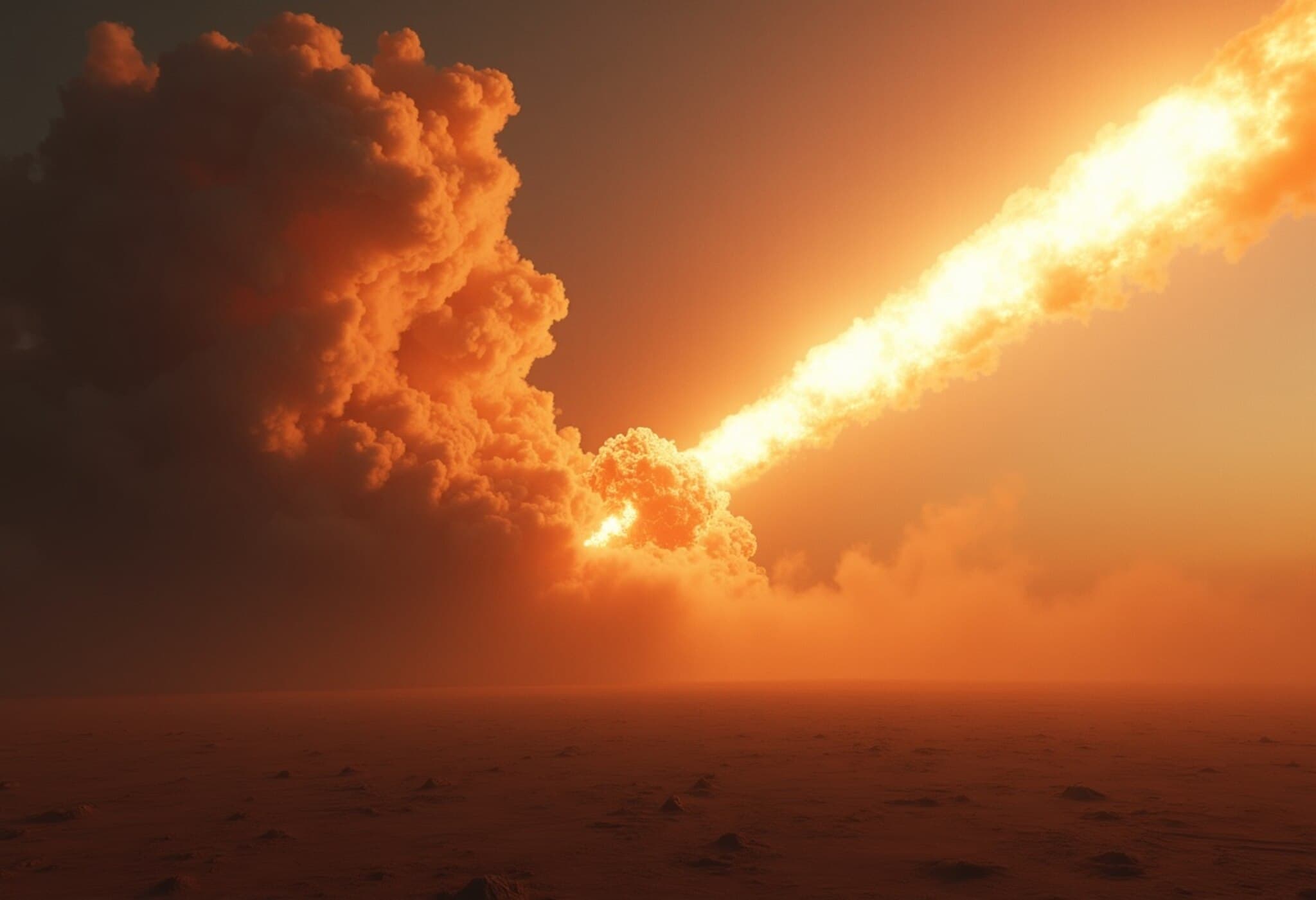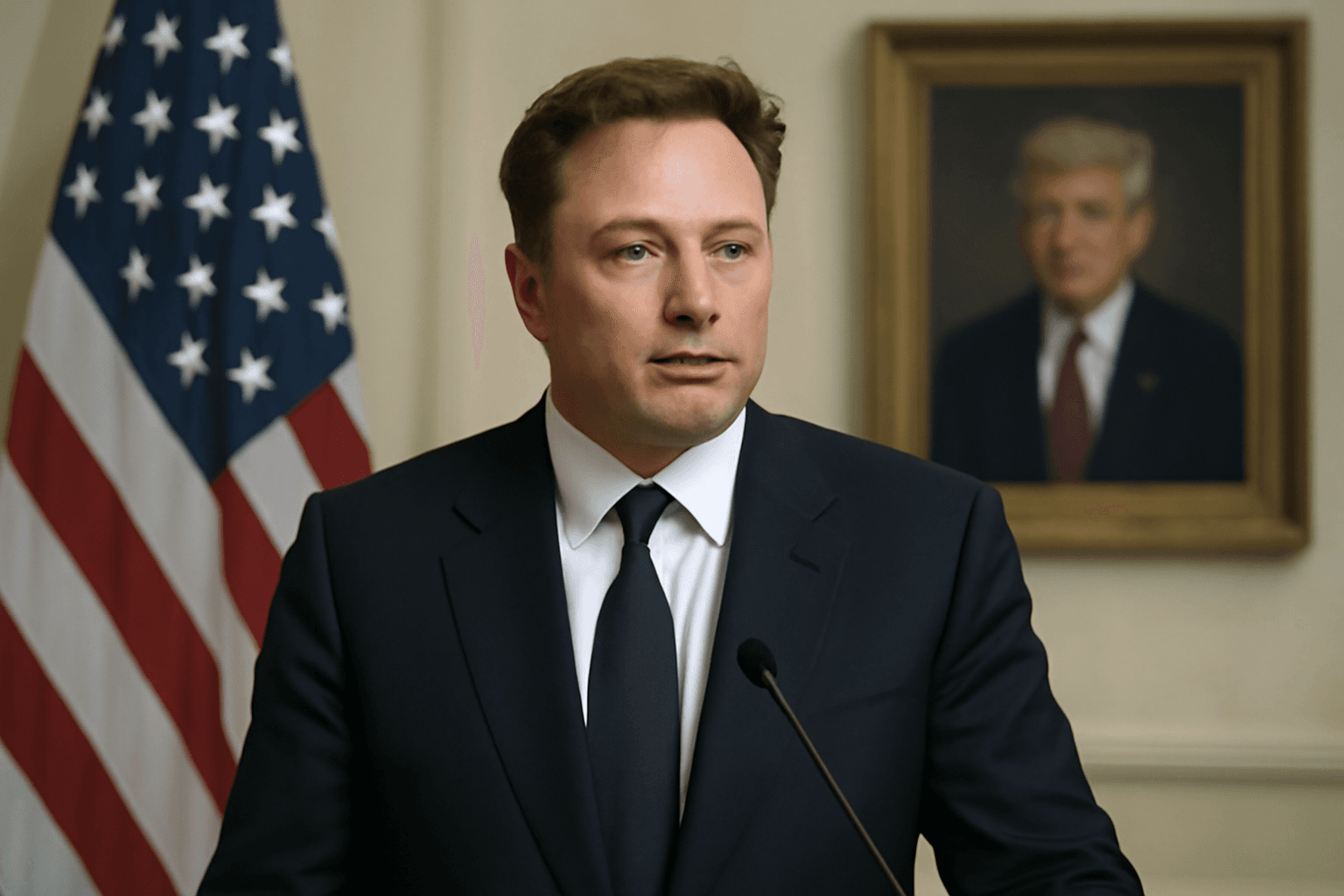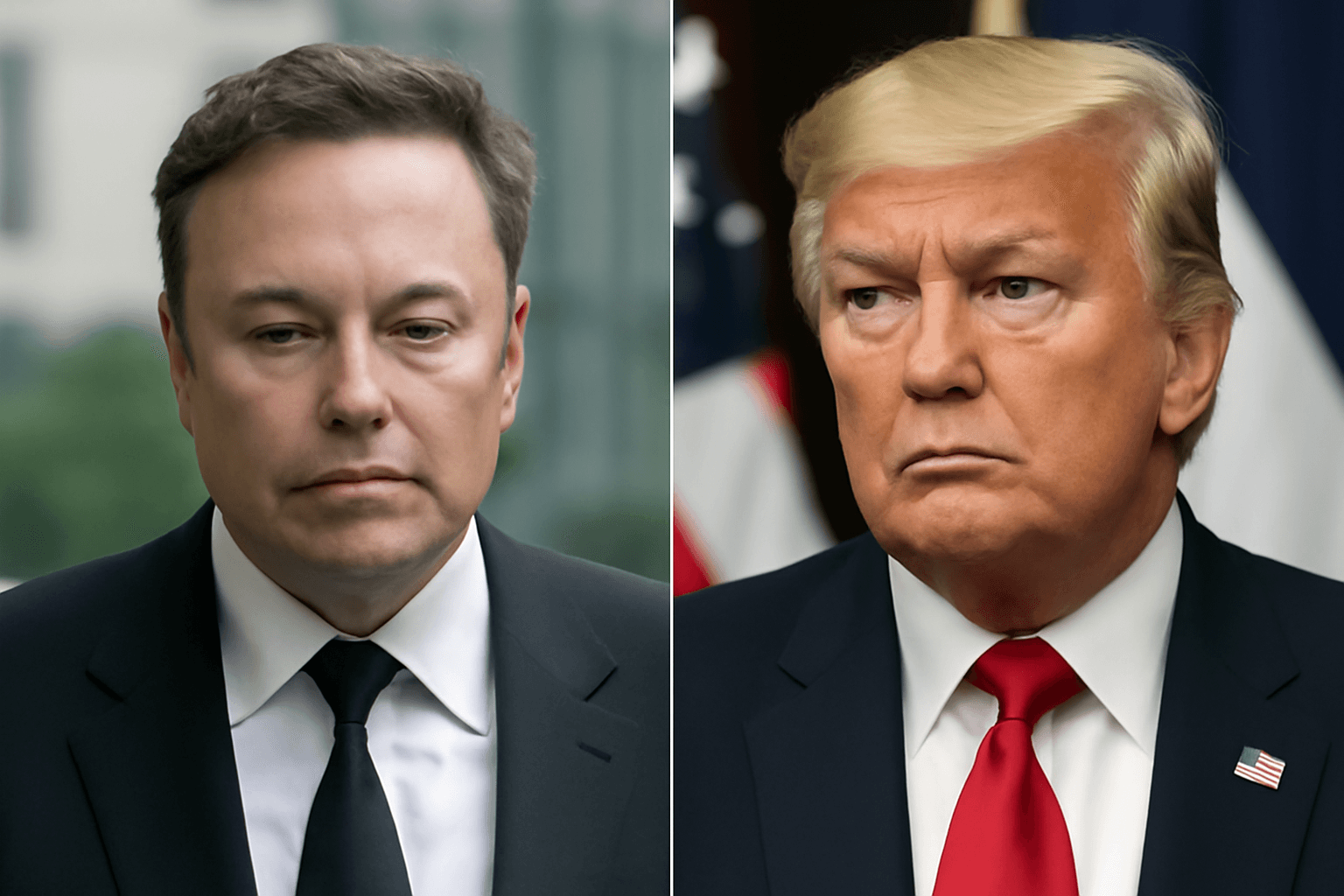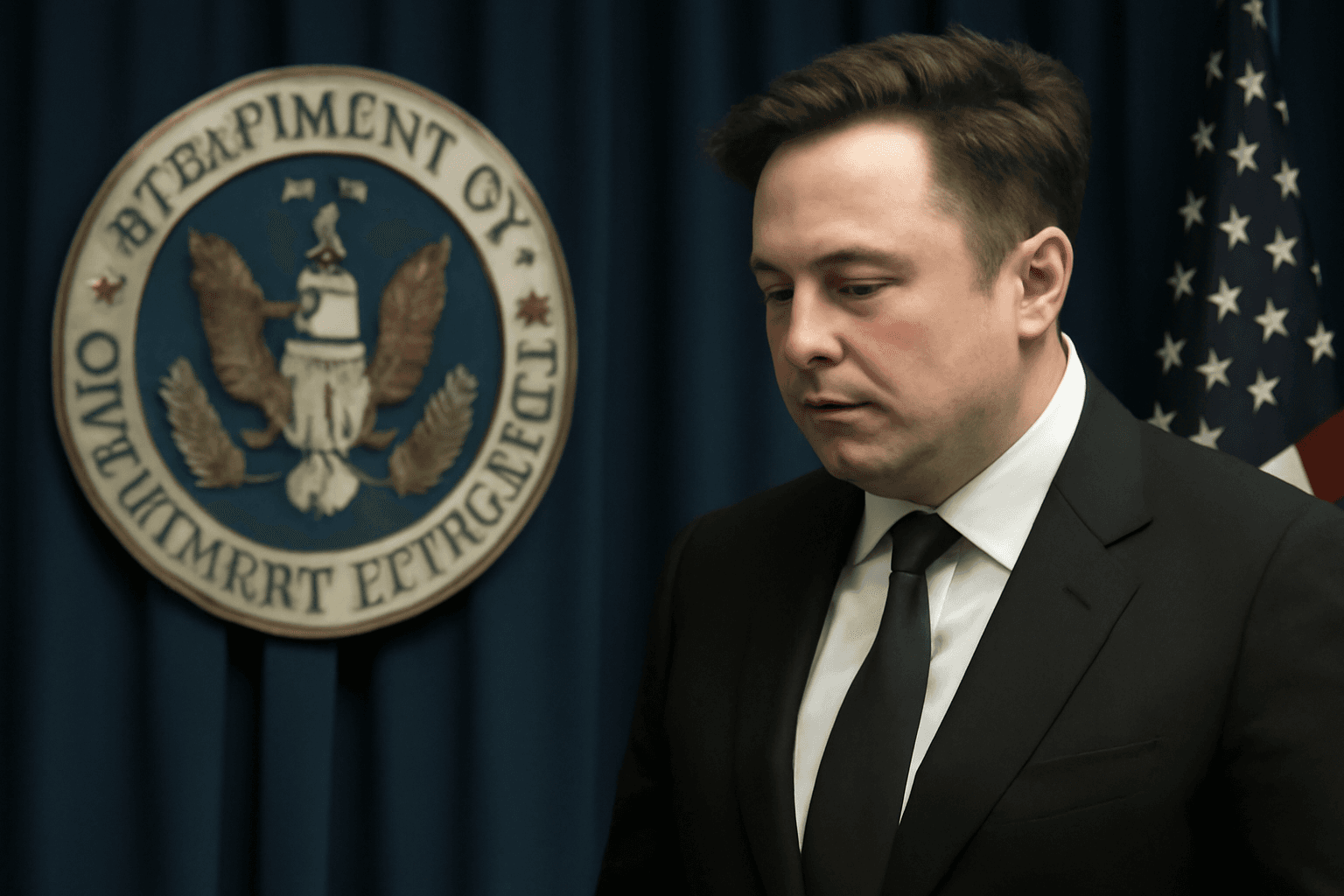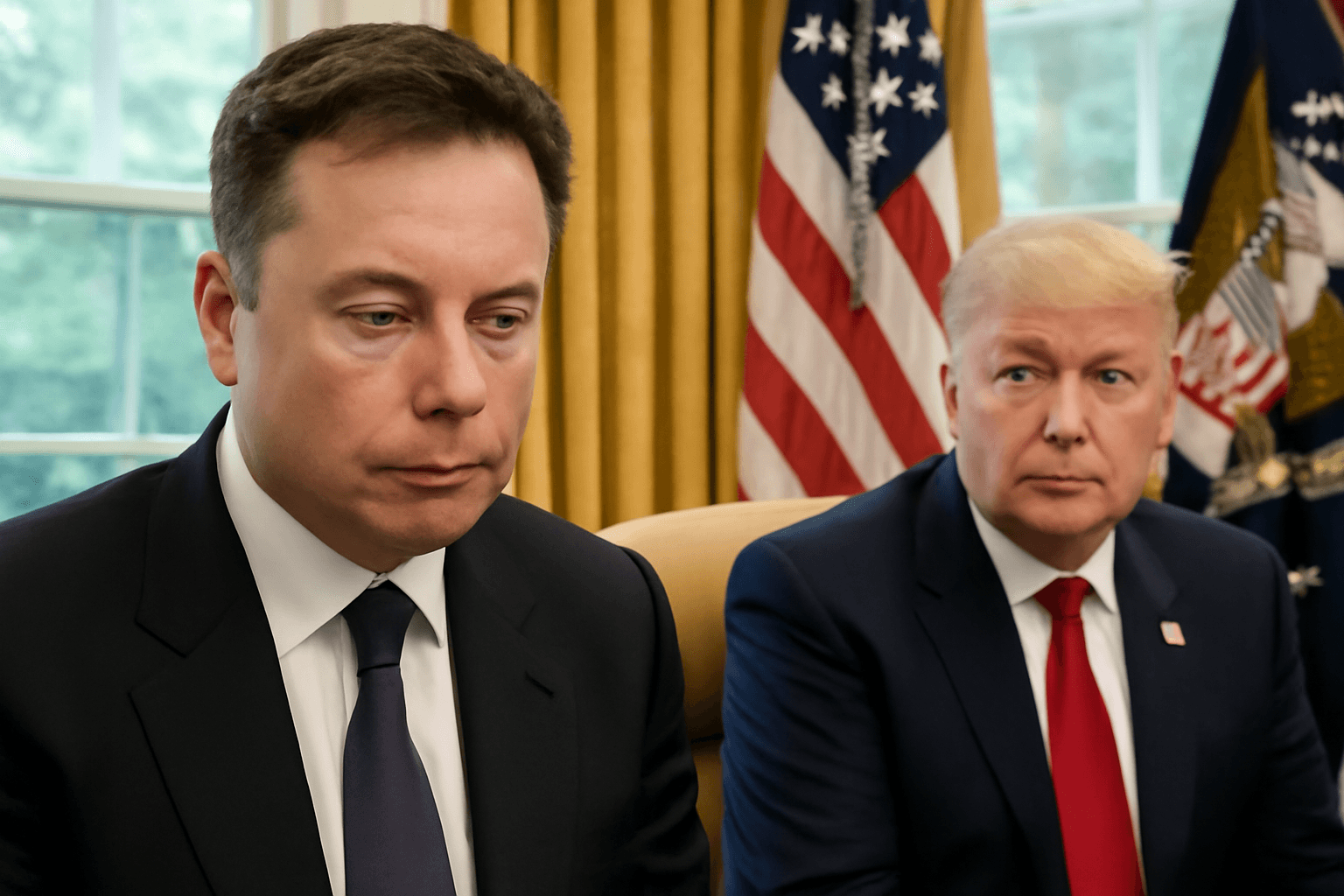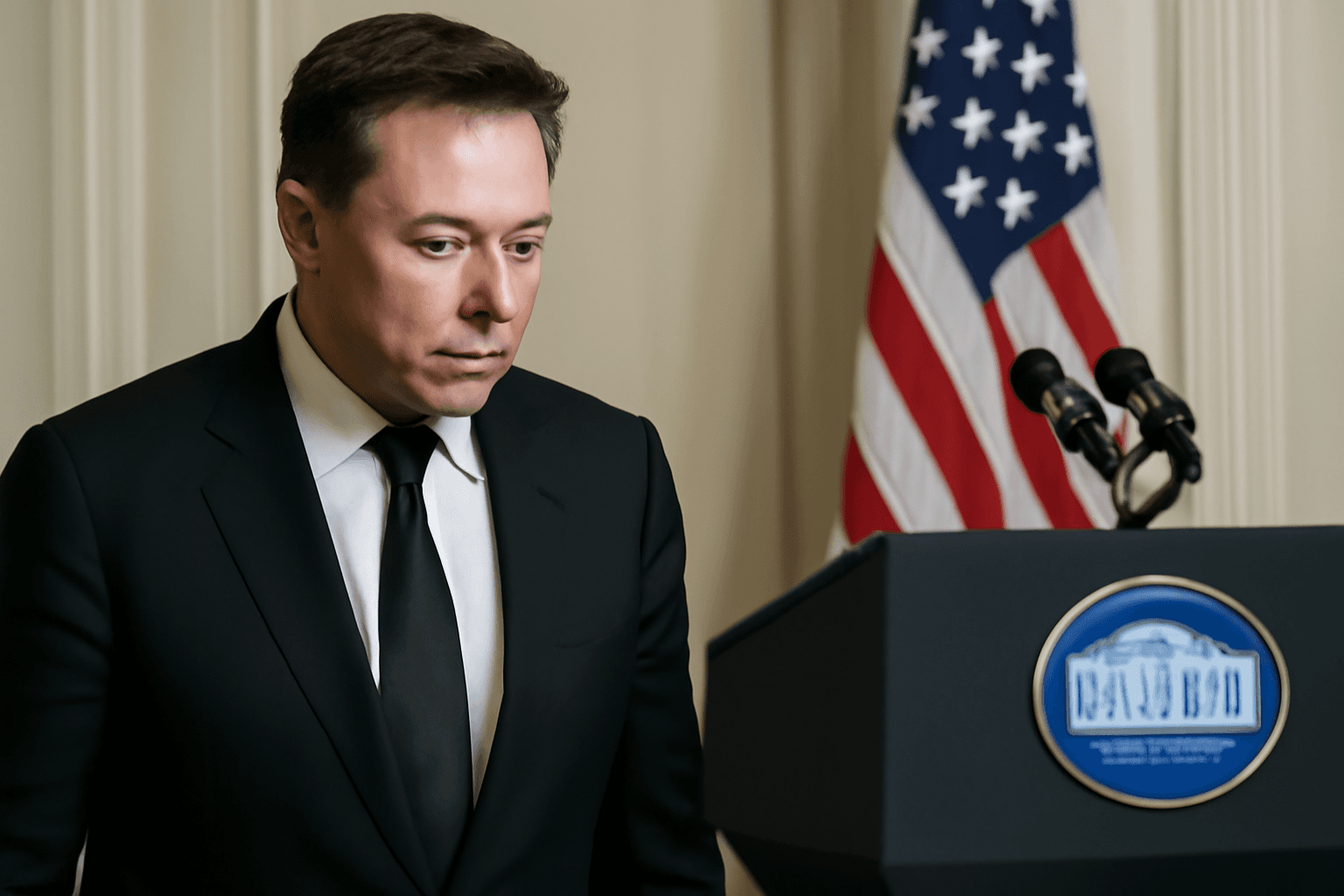Washington D.C., May 30, 2025: Elon Musk, CEO of SpaceX, revealed an ambitious timeline for the first uncrewed flight of the Starship spacecraft to Mars, aiming for a launch by the end of 2026. This announcement comes shortly after a series of challenging Starship test-flight failures.
In a detailed video presentation from SpaceX's Los Angeles headquarters, Musk outlined the company's roadmap for Starship development. The plan depends heavily on overcoming critical technical challenges, notably a complex post-launch refueling maneuver in Earth orbit.
The targeted launch window aligns with the optimal planetary alignment that occurs every two years, when Mars and Earth are closest, which would enable the spacecraft to complete the journey in approximately seven to nine months. Musk estimated a 50% chance of successfully meeting this deadline. Should the timeline slip, SpaceX plans to wait for the next favorable window two years later.
The initial Mars mission will be uncrewed but simulate a crew through deployment of Tesla’s humanoid robots, Optimus. Human missions are projected to follow within the second or third Starship flights to Mars.
NASA is concurrently developing plans to return astronauts to the lunar surface via Starship as early as 2027, marking a significant milestone in human space exploration since the Apollo program. This lunar initiative is viewed as a crucial precursor for eventual crewed Mars missions anticipated in the 2030s.
Elon Musk has a longstanding vision for Mars colonization, with previous estimates targeting uncrewed flights as early as 2018 and crewed flights by 2024. However, test flights have faced setbacks: the latest in May 2025 saw Starship lose control and explosively disintegrate mid-flight. Despite these failures, Musk remains optimistic, highlighting the value of the data collected and committing to an increased launch cadence for upcoming tests.
SpaceX’s continued development of Starship underscores a pivotal era in commercial spaceflight, reflecting Musk’s goal of making humanity a multiplanetary species.

